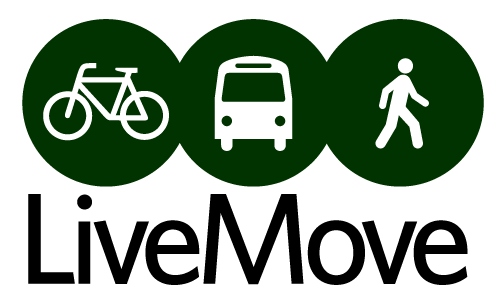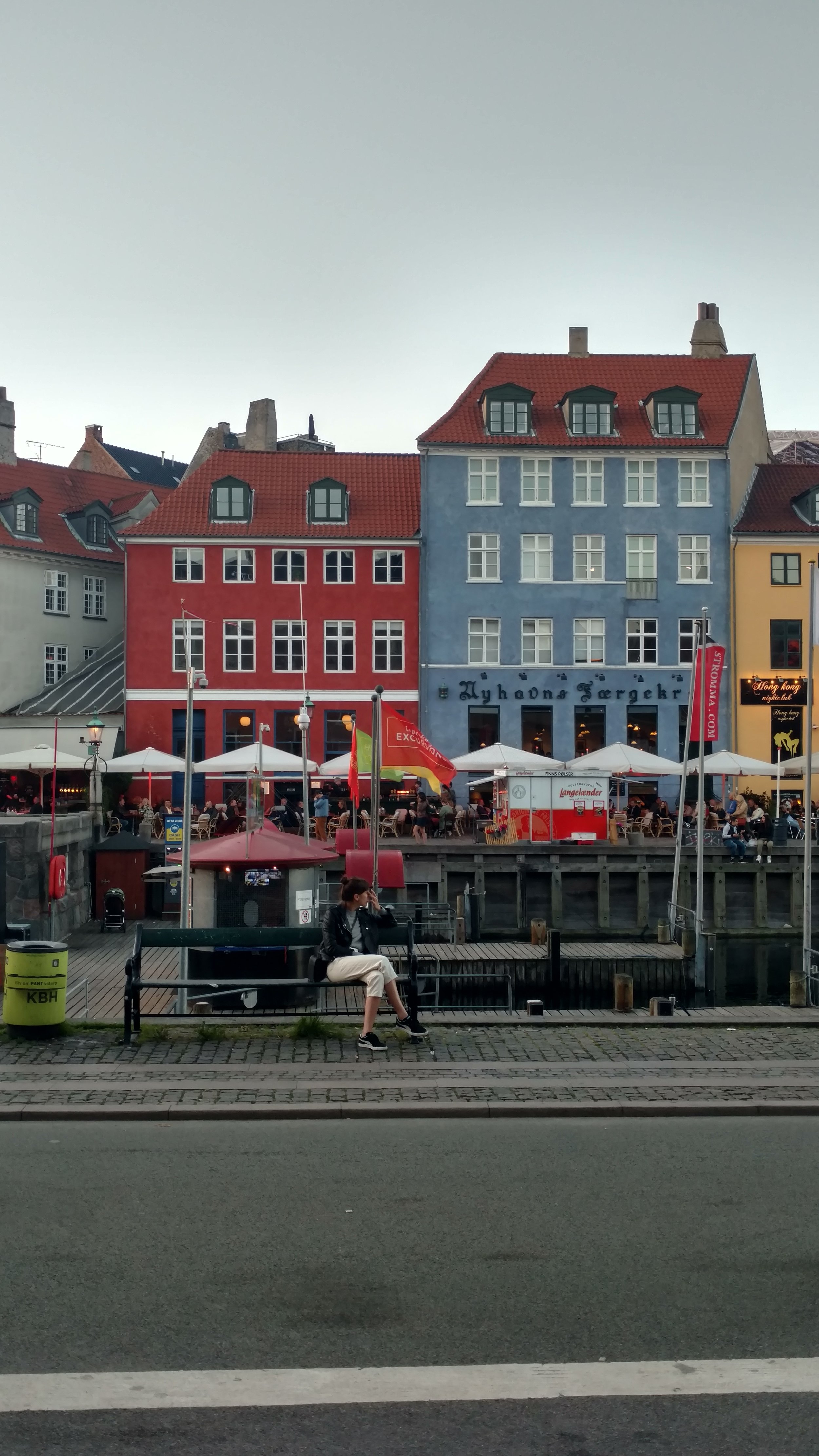Steph Loves Bikes: Parking is Always a Touchy Subject (Copenhagen)
/Our co-director, Steph Nappa, is writing this series to share her experiences and lessons learned from her study abroad in Europe. You can also follow along on Instagram with #stephlovesbikes.
We visited the offices of Gehl Architects, famous for their people and bike oriented designs, to talk about the changes that have taken place in Copenhagen to make it the most bikeable city in the world. Not surprisingly, it didn’t happen overnight, and there were some steps in the process that provide hope that the US can make similar changes someday.
Birgitte, the Gehl associate who spoke with us, gave us a history lesson on the slow process to change Copenhagen’s streets and public squares from their car oriented nature to spaces for people and bikes. All of the old pictures of the streets from the 1960’s could have just as easily been taken in the US; four lanes of vehicle traffic, expansive parking lots, and limited space for people walking and biking. Over time through pilot projects and heavy educational efforts these roads an parking lots were transformed into the expansive bike lane network and plentiful public spaces that Copenhagen is known for today.
Birgitte described these changes as taking place in four stages:
1. 1960’s - 1980’s pedestrian streets were created (the famous Strogate being the first). They were temporary for the first three years, and extensive monitoring and data collection was done to track the changes that happened in the space in order to determine success. Obviously, these temporary walking streets were made permanent and are now jam packed with tourists and locals every day of the week.
2. 1980’s – 2000 there was a focus on recreation and relaxation and car free squares were created to provide space for cafes and other outdoor street activities.
3. 2000 – the present, the concept of play in public spaces has become important and many of the parks have activities that entertain both children and adults. One example is a set of trampolines set into the sidewalk. My classmates and I can attest that they are indeed just as fun for adults who are kids at heart as they are for actual children!
4. The present – the future, improvements can be made to allow better movement for everyday activities with the goals of safety and enjoyment dictating the design.
Nyhavn along the canal is one of the pedestrian only streets in Copenhagen
Some of us may assume that these changes came easy and without resistance, but this isn’t the case. I was extremely heartened to hear that city officials faced some of the same opposition that we hear so frequently in the US. How will people get here if we don’t provide parking? Removing parking will put all the shops out of business! Do people actually want to bike and walk around? Why should that parking lot become a park instead? Copenhagen was able to overcome all of this opposition in two key ways, and luckily, I think they can work in the US as well. First, the city had great success testing out ideas with pilot projects that involved a lot of public engagement. Second, the city monitored the changes in the space through time so they could prove the positive outcomes and create solid reasons to make further changes. We can do these things too!
A parking lot became a stormwater garden
After the meeting, I was left with a sense of hope and determination that cities in the US can make big positive changes to our public spaces if we follow this approach of taking things slow, trying things out, and keeping track of all the outcomes for an extended period of time (as in decades.) While this approach might mean it will take another 50 or 60 years for us to arrive at a system of public spaces that works for more than cars, I know the progress that happens along the way will provide the motivation to keep moving forward for those of us that sometimes struggle with the fact that things unfortunately can’t change overnight.
Wide sidewalks and public space outside a school.
Street furniture and bike lanes in a park.






